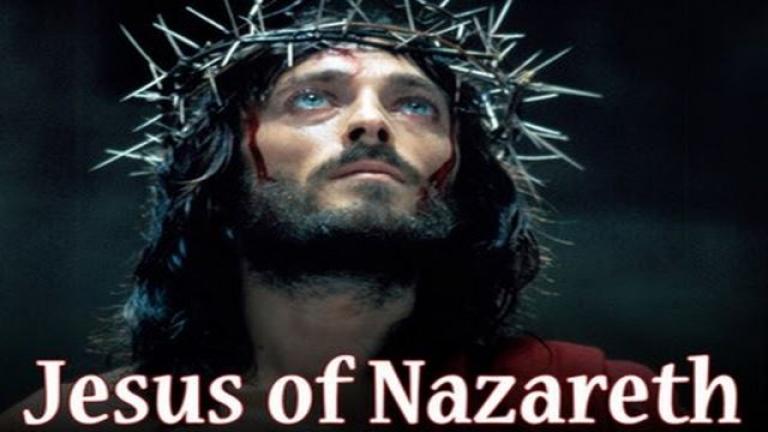

What Was The Purpose Of The Passion Of Christ Being In Aramaic, Latin, And Hebrew?
WATCH PASSION OF THE CHRIST ENGLISH SUBTITLES MOVIE
And, one thing we can all agree on, it is pretty cool to have the entire movie in ancient unspoken languages. With The Passion Of The Christ, even with some staunch critics, most consider it’s portrayal of the languages as a success. This essentially means that those who speak Aramaic and Hebrew today are not really speaking the same thing as others were two thousand years ago. It is like how Modern Greek is very different to ancient Greek, or how old English differs so greatly to what we speak today. This leads to why those who speak Modern Aramaic and Hebrew today can’t understand what Jesus and His followers are saying in the film. The same meaning comes across, with few minor differences to how it might sound.

Using best estimations is an occupational hazard in dealing with things that existed so many centuries ago.Ī good way of thinking of it would be akin to paraphrasing a quote, rather than reciting the exact wording. All we have are a few bones, yet somehow scientists and archaeologists find the Tyrannosaurus Rex form accurate and are confident having them displayed in museums around the world. This does not mean we can’t have confidence in what is shown in The Passion Of The Christ, it just means that there will be some educated guesses involved.Įducated guesses in fields of study are more common than you might think. to hear Aramaic and Hebrew spoken first hand, we’ll always have to do some estimation on our part to fill in the gaps. Unless we can have a time machine to go back to 30 A.D. On the other hand, the spoken speech of the languages is where we find the most problems. With the written aspect of ancient languages, we can be pretty close to what they were like centuries ago (with some small exceptions). It is really difficult for us to know exactly what these languages were like, especially in vocal speech. What we hear as Aramaic and Hebrew in the film are what scholars generally agree as our best estimations of what they were like two thousand years ago. The languages found within The Passion Of The Christ are genuine, albeit as far as we can know. Were the languages in The Passion Of The Christ real and authentic? What does it mean for a language to be “reconstructed”? Were The Passion Of The Christ Languages Genuine, Or Just Imitations? You can own it in most any format that suits your family’s watching habits. To own this world renowned and beloved movie, I recommend one of the versions of The Passion Of The Christ found here on Amazon. What does it mean for Aramaic and Hebrew to be reconstructed? And, isn’t Latin a dead language? Are the languages in The Passion Of The Christ authentic, or just lousy imitations? Predominately, Aramaic is used the most in The Passion of the Christ, with Latin being secondary, and Hebrew being used the least of the three.

They all from a “layman’s” perspective sound similar, though some would love to tell you otherwise. Aramaic was reconstructed along with parts of Hebrew, this is due to the languages not being used today.įrom the position of a viewer watching the film, it is understandable if you didn’t notice three different languages being spoken throughout the movie. These were the major languages at the time of Jesus and where he lived. If the film was not in English, what language was being spoken in The Passion Of The Christ?Īramaic was the predominant language spoken in The Passion Of The Christ, followed by Latin and Hebrew.



 0 kommentar(er)
0 kommentar(er)
